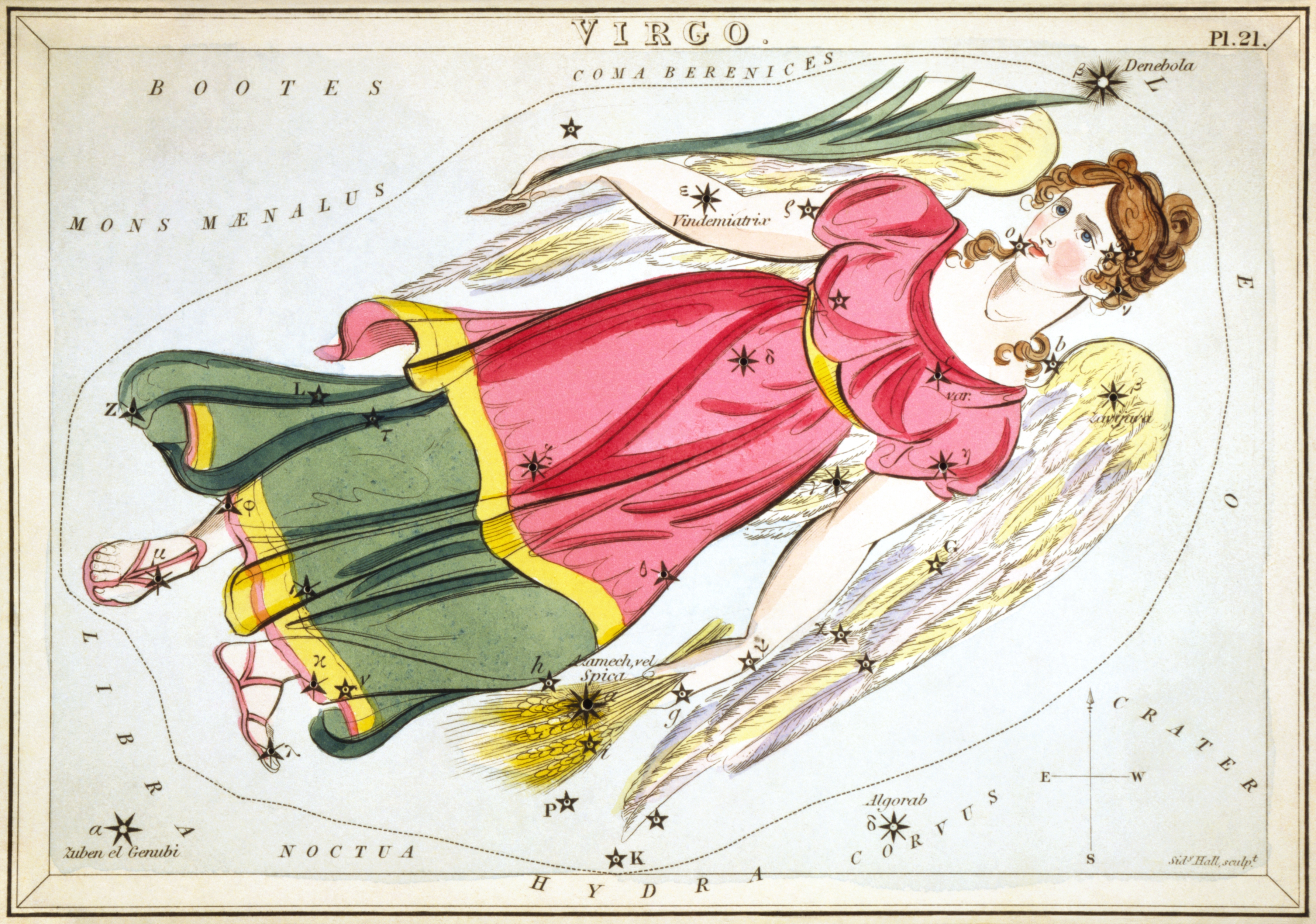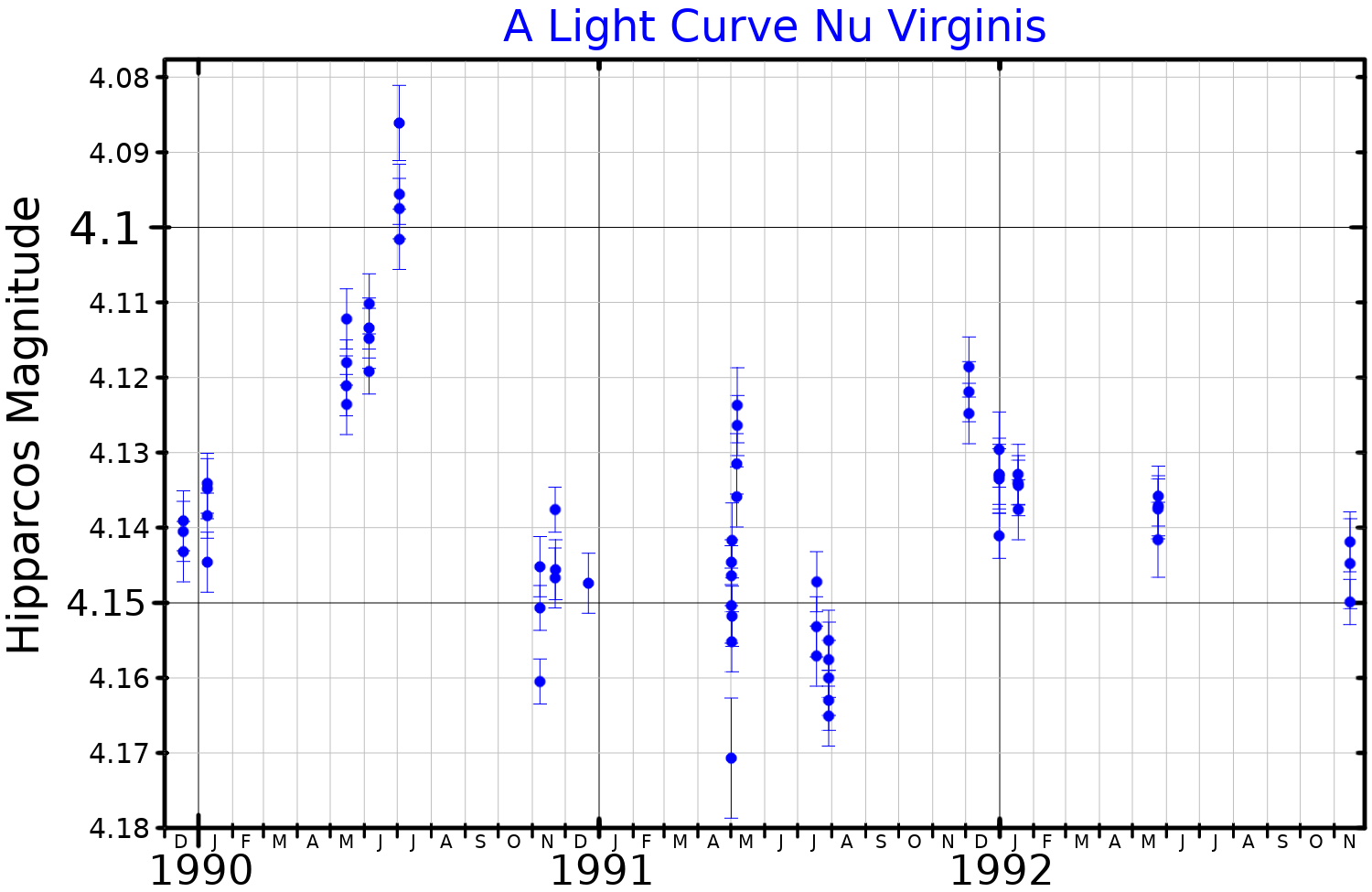|
Virgo (Chinese Astronomy)
The modern constellation Virgo (constellation), Virgo lies across one of the quadrants symbolized by the Azure Dragon, Azure Dragon of the East (жқұж–№йқ’йҫҚ, ''DЕҚng FДҒng QД«ng LГіng''), and Three Enclosures (дёүеһЈ, ''SДҒn YuГЎn''), that divide the sky in traditional Traditional Chinese star names#Categories of Chinese traditional uranography, Chinese uranography. The name of the western constellation in modern Chinese is е®ӨеҘіеә§ (''shГ¬ nЗҡ zuГІ''), which means "the virgin constellation". Stars The map of Chinese constellation in constellation Virgo area consists of : See also *Traditional Chinese star names *Chinese constellations References {{reflist External linksVirgo вҖ“ Chinese associationsйҰҷжёҜеӨӘз©әйӨЁhttps://web.archive.org/web/20120813070951/http://www.lcsd.gov.hk/CE/Museum/Space/Research/c_index.htm з ”з©¶иіҮжәҗ] *дёӯеңӢжҳҹеҚҖгҖҒжҳҹе®ҳеҸҠжҳҹеҗҚиӢұиӯҜиЎЁ*еҸ°зҒЈиҮӘ然科еӯёеҚҡзү©йӨЁhttp://aeea.nmns.edu.tw/ еӨ©ж–Үж•ҷиӮІиіҮиЁҠз¶І] *дёӯеңӢеҸӨеӨ©ж–Ү* Astronomy in ... [...More Info...] [...Related Items...] OR: [Wikipedia] [Google] [Baidu] |
Virgo (constellation)
Virgo is one of the constellations of the zodiac. Its name is Latin for maiden, and its old astronomical symbol is (вҷҚпёҺ). Lying between Leo to the west and Libra to the east, it is the second-largest constellation in the sky (after Hydra) and the largest constellation in the zodiac. The ecliptic intersects the celestial equator within this constellation and Pisces. Underlying these technical two definitions, the sun passes directly overhead of the equator, within this constellation, at the September equinox. Virgo can be easily found through its brightest star, Spica. Location Virgo is prominent in the spring sky in the Northern Hemisphere, visible all night in March and April. As the largest zodiac constellation, the Sun takes 44 days to pass through it, longer than any other. From 1990 and until 2062, this will take place from September 16 to October 30. It is located in the third quadrant of the Southern Hemisphere (SQ3) and can be seen at latitudes between +80В° and ... [...More Info...] [...Related Items...] OR: [Wikipedia] [Google] [Baidu] |
16 Virginis
16 Virginis is a single star in the zodiac constellation of Virgo, located about 308 light years from the Sun. It has the Bayer designation c Virginis; ''16 Virginis'' is the Flamsteed designation. This object is visible to the naked eye as a faint, orange-hued star with an apparent visual magnitude of 4.96. This is an IAU radial velocity standard star; it is moving further from the Earth with a heliocentric radial velocity of +37 km/s. The star has a relatively high proper motion, traversing the celestial sphere at an angular rate of per year. In Chinese astronomy, 16 Virginis is called и¬ҒиҖ…, Pinyin: YГЁzhДӣ, meaning ''Usher to the Court'', because this star is marking itself and stand alone in ''Usher to the Court'' asterism, Supreme Palace enclosure mansion (see : Chinese constellation). This is an evolved K-type giant star with a stellar classification of , where the suffix notation denotes a mild underabundance of iron in the spectrum. It is a red clump ... [...More Info...] [...Related Items...] OR: [Wikipedia] [Google] [Baidu] |
Nu Virginis
ОҪ Virginis, Latinized as Nu Virginis, is a single star in the zodiac constellation of Virgo, located at the western tip of the classic constellation and nearly due south of the prominent star Denebola. It is a red-hued star with an apparent visual magnitude of 4.04 and can be seen with the naked eye. Because the star lies near the ecliptic it is subject to occultations by the Moon. Parallax measurements provide an estimated distance of around 294 light years from the Sun, and it is drifting further away with a radial velocity of +50 km/s. This object is an M-type red giant, currently on the asymptotic giant branch, with a stellar classification of M1 III. It is an SRB-type semiregular variable star with its brightness varying by 0.0125 in magnitude. These variations have four periods lasting 11.1, 12.3, 16.8, and 23.7 days. This star has about 1.6 times the mass of the sun, but it has expanded to 54 times the Sun's radius and shines 631 times ... [...More Info...] [...Related Items...] OR: [Wikipedia] [Google] [Baidu] |
Xi Virginis
Xi Virginis (Оҫ Vir, Оҫ Virginis) is a solitary star in the zodiac constellation of Virgo. It is bright enough to be seen with the naked eye, having an apparent visual magnitude of 4.83. The distance to this star is about 122 light years, as determined from parallax readings. Xi Virginis is an A-type main sequence star with a stellar classification of A4 V. It has an estimated age of 480 million years and is spinning rapidly with a projected rotational velocity of 130 km/s. It has about 150% the Sun's radius and shines with 12.6 times the luminosity of the Sun The solar luminosity (), is a unit of radiant flux ( power emitted in the form of photons) conventionally used by astronomers to measure the luminosity of stars, galaxies and other celestial objects in terms of the output of the Sun. One nomin .... References {{DEFAULTSORT:Xi Virginis Virginis, Xi Virgo (constellation) A-type main-sequence stars Virginis, 002 057328 4515 102 ... [...More Info...] [...Related Items...] OR: [Wikipedia] [Google] [Baidu] |
20 Virginis
This is the list of notable stars in the constellation A constellation is an area on the celestial sphere in which a group of visible stars forms Asterism (astronomy), a perceived pattern or outline, typically representing an animal, mythological subject, or inanimate object. The origins of the e ... Virgo, sorted by decreasing brightness. See also * List of stars by constellation References * * * * * {{DEFAULTSORT:List of stars in Virgo *List Virgo ... [...More Info...] [...Related Items...] OR: [Wikipedia] [Google] [Baidu] |
33 Virginis ...
This is the list of notable stars in the constellation Virgo, sorted by decreasing brightness. See also *List of stars by constellation References * * * * * {{DEFAULTSORT:List of stars in Virgo *List Virgo Virgo may refer to: * Virgo (astrology), the sixth astrological sign of the zodiac * Virgo (constellation), a constellation * Virgo Cluster, a cluster of galaxies in the constellation Virgo * Virgo Stellar Stream, remains of a dwarf galaxy *Virgo ... [...More Info...] [...Related Items...] OR: [Wikipedia] [Google] [Baidu] |
32 Virginis
32 Virginis, also known as FM Virginis, is a star located about 250 light years from the Earth, in the constellation Virgo. Its apparent magnitude ranges from 5.20 to 5.28, making it faintly visible to the naked eye of an observer well away from city lights. 32 Virginis is a binary star, and the more massive component of the binary is a Delta Scuti variable star which oscillates with a dominant period of 103.51 minutes. In 1914, Walter Sydney Adams announced that 32 Virginis is a spectroscopic binary. John Beattie Cannon published the first set of orbital elements for the binary system in 1915. Corrado Bartolini ''et al.'' made photometric observations of the star in early 1971, and found that the star showed variability due to pulsations. In 1974, 32 Virginis was given the variable star designation FM Virginis. Donald Kurtz ''et al.'' determined that the star was a Delta Scuti variable, in 1976. The primary star is believed to be an Am star similar to rho Puppis - a ... [...More Info...] [...Related Items...] OR: [Wikipedia] [Google] [Baidu] |
Rho Virginis
Rho Virginis (ПҒ Vir, ПҒ Virginis) is the Bayer designation for a star in the constellation Virgo. It has an apparent visual magnitude of +4.9, making it a challenge to view with the naked eye from an urban area (according to the Bortle Dark-Sky Scale). The distance to this star has been measured directly using the parallax method, which places it away with a margin of error of about a light year. Rho Virginis is an A-type main sequence star with a stellar classification of A0 V. It is larger than the Sun with a radius 60% larger and about twice the mass. As such it is generating energy at a higher rate than the Sun, with a luminosity 14 times greater. The outer atmosphere has an effective temperature of 8,930 K, which is what gives it the white-hued glow of an A-type star. It is classified as a Delta Scuti type variable star and its brightness varies by 0.02 magnitudes over periods of 0.5 to 2.4 hours. This star has been established as a Lambda BoГ¶tis ... [...More Info...] [...Related Items...] OR: [Wikipedia] [Google] [Baidu] |
35 Virginis ...
This is the list of notable stars in the constellation Virgo, sorted by decreasing brightness. See also *List of stars by constellation References * * * * * {{DEFAULTSORT:List of stars in Virgo *List Virgo Virgo may refer to: * Virgo (astrology), the sixth astrological sign of the zodiac * Virgo (constellation), a constellation * Virgo Cluster, a cluster of galaxies in the constellation Virgo * Virgo Stellar Stream, remains of a dwarf galaxy *Virgo ... [...More Info...] [...Related Items...] OR: [Wikipedia] [Google] [Baidu] |

